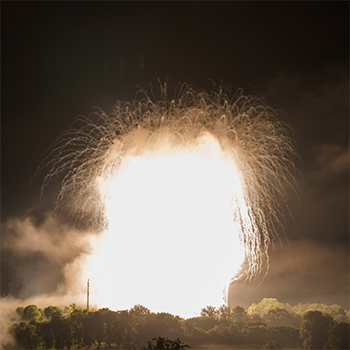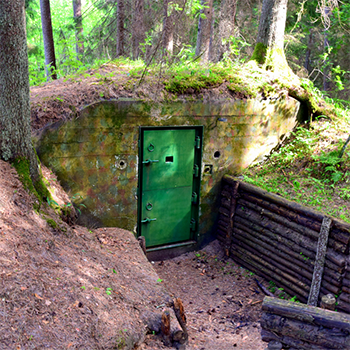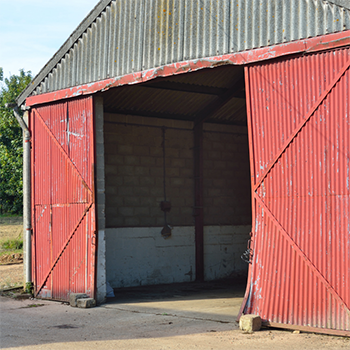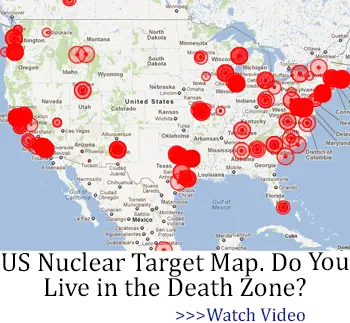We are living in uncertain times. However, things have changed with the advancement of technology, and the time we have to get to seek refuge could be as little as five minutes. The good news is that you can prepare for the worst by getting a place of safety ready before a nuclear attack. Here are some tips.
What a Nuclear Explosion Can Do
A nuclear bomb is one of the deadliest weapons on the planet. But contrary to popular belief, it does not have the power to destroy the universe. However, it does cause significant damage through the following:
- Fireball: When the bomb is detonated, it causes an immediate fireball and expands several hundred meters. The temperature of a fireball can be as hot as the sun, and it will reduce anything in its path to ashes.
- Blast: The blast from a nuclear bomb can flatten buildings and kill everyone in them. The bomb causes high-speed wind that obliterates everything around it.
- Heat: The heat from the blast can burn down homes from several kilometers away. From a distance of 11km, the heat from an explosion can cause third-degree burns. It can cause a person’s clothes to catch fire if they are close to the blast.
- Radiation: Gamma radiation is the most dangerous of all the forms of radiation released after a nuclear explosion. Its rays are so high that they can penetrate through anything.
Related: What An Emp Affects And How You Can Protect Your Electronics, Car, Mobile Phone (Video)
Bomb Shelter
Bomb shelters are located underground, they are designed to keep out radiation, heat, and wind. During the cold war, civilians built bomb shelters under their homes, and in their gardens to protect their families. Additionally, they were stocked with enough food supplies to ensure survival for long periods of time. Experts recommend having enough food and water to last six weeks. Do some research to find out if there are any bomb shelters in your area. If not, and you have the resources to do so, build your own. It will also need a chemical toilet, because of radiation, you won’t be able to go outside.
survival for long periods of time. Experts recommend having enough food and water to last six weeks. Do some research to find out if there are any bomb shelters in your area. If not, and you have the resources to do so, build your own. It will also need a chemical toilet, because of radiation, you won’t be able to go outside.
Basement
A basement will also protect you in case of a nuclear attack, but it’s not as sturdy as a bomb shelter. Depending on the severity of the explosion, your home may be destroyed, but because basements are underground, they offer a layer of safety that a house can not provide. Nevertheless, you will need to build the bunker out of solid concrete blocks, corrugated steel roofing, or plywood. Position it on the side of the basement that the explosion is likely to have the most impact. Like the bunker, you will also need a chemical toilet. Also, keep additional materials in case the basement is damaged in the explosion.
A Concrete Building
Any building made from precast concrete or concrete block will provide sufficient protection against a nuclear attack if you are not in the direct line of fire. A concrete building will protect against the residue of an explosion and strong winds. However, if it has windows, depending on the strength of the blast, the glass may not withstand the force.
Retaining Wall
If you don’t have enough time to get to a place of safety, get behind a solid wall and lay on the ground. A brick wall will provide the most protection, but if you don’t have that option get behind something that can withstand heat such as a concrete slab. Once the blast has settled, you will need to make your way to a fallout shelter.
Additional Survival Tips
Surviving the explosion is the first step, the next step is to protect yourself and your family against radiation. Here are some tips:
Take a Shower: A fallout shelter will protect you against radiation, but if you don’t get to a shelter before the blast, you may have fallout residue on your clothes. To prevent this, have a shower and wash your hair, change clothes and leave the clothes worn during the blast outside the shelter.
Buy Radiation Tools: To test how much radiation is in your area, buy a radiation dosimeter or a Geiger counter. They will also tell you how much radiation you’ve absorbed. If the levels are anywhere near 500 rem, you are in danger because that’s how much radiation it takes to kill someone.
Keep The Shelter Clean: A dusty shelter can expose you to radiation because the fallout is a dust-like substance. Therefore, keep your shelter as clean as possible.
No Scratching: To prevent exposing your skin to radiation, avoid scratching because it opens the pores.
Social Distancing: If you end up in a shelter with people not from your household, maintain a distance of six feet between them. It is also advised that you wear a mask so that you don’t breathe in radiation fumes.
Medication: As well as your ordinary first aid kit, you will also need some potassium iodide. It protects you against radiation sickness; however, you should only take it if your doctor has advised you to or it will cause health problems.
Wait For The All Clear: Regardless of what your monitors are telling you, wait for the authorities to give you the all-clear that radiation levels have stabilized before leaving your place of safety.
Final Thought
Being prepared for a nuclear attack is essential because as mentioned, there may not be enough time for you to find shelter. Experts advise that you are familiar with shelters near your home, or place of employment. If you can make your own bunker, do so, and make sure you have enough supplies on hand to survive for at least six weeks.
You may also like:
How To Make A Great Depression Pantry
Do You Make These Fatal Mistakes in a Crisis? (Video)
The Most Dangerous Tree In The U.S.
What to Eat When the Power Goes Out










Hello. How do we create a floor level ventilation duct in an underground celler?
Thank you.